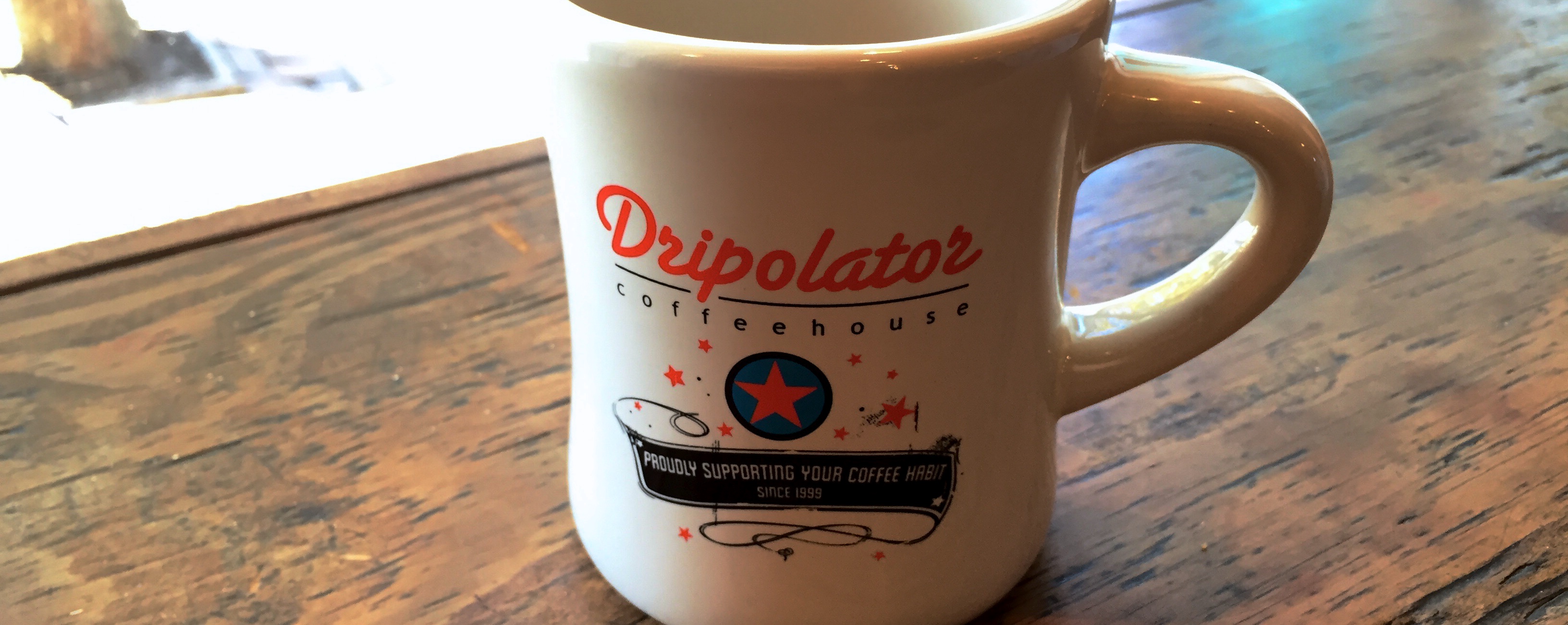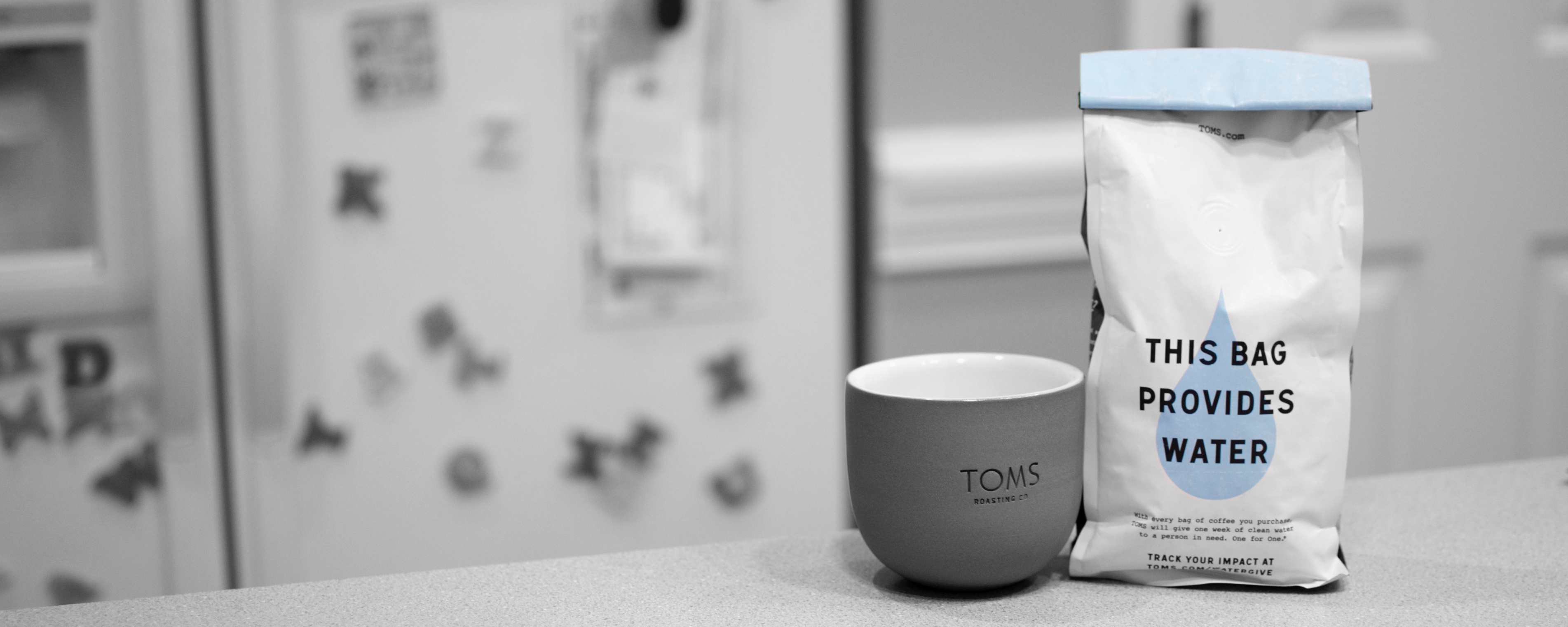This morning, New York Times media reporter, Richard Sandomir, broke the news that Bill Simmons is out at ESPN. While the news is shocking, I am not sure its all together surprising. I am optimistic and hopeful he will find an outlet for his unique voice somewhere else in media. I believe this will be a true test of the new medium and marketplace. I will be sad to see him go from Grantland, which I believe has been groundbreaking in many ways. I do wonder if he set himself up for this when he started Grantland in 2011. He went from a voice to a purveyor and as such I think his responsibilities to himself and what would become his staff changed. Only time will tell, but I can’t wait to see what’s next.
Category Archives: Snap

Slim & Trim
Until Apple fully succeeds in replacing our wallet, we are all burdened with that annoying privilege of carrying our big clunky fold of bills, plastic membership or credit cards, and other miscellany like business cards, loyalty punch cards or – gasp – maybe there are even a few among us who still carry printed pictures of our loved ones around. Fortunately, a bevy of stylishly slimmed down, genuinely smart solutions have emerged over the last few years. These products are evolutions of the age-old wallet that slim down that pocket bulge in two ways – one, by packing contents more efficiently; and two, by limiting the amount of space they offer from the beginning, forcing us to consider how important it is to carry around that credit card we signed up for ten years ago in college just for the free t-shirt.
I began my foray into the slimmed down pocket revolution a few years ago by moving my wares into the J. Crew Factory Outlet version of the magic wallet. The J. Crew wallet replaced a traditional Fossil bi-fold wallet that held up remarkably well despite enabling years of overstuffing abuse. Receipts, credit cards I rarely used, loyalty reward punch cards for places I rarely visited – it was a cluttered mess. The magic wallet imposed physical limitations on what could actually fit and I had to make tough decisions about what I must carry and what I could leave at home. I even returned to pre-adulthood days by moving my wallet out of my rear pocket and back into my front pocket, no longer fearing the ridiculous pocket bulge.
It was fun while it lasted, but I ultimately grew tired of the flip-flop-flap of the magic wallet. I wanted to return to a more traditional style of wallet, but without delving back into a life of overstuffing. I started looking around and I ultimately decided on the Bellroy Slim Sleeve. The downfall of the magic wallet began when I started disobeying the physical limitations of the wallet and it became an unruly mess too difficult to manage. Cards started dropping out when I would go to pay for things, the “magic” bands would get twisted or hung up on something rigid. Looking at the images of the Bellroy, I knew I could fit everything that I needed in the wallet, but still maintain some semblance of a trimmed-down wallet. The Slim Sleeve is not going to win the Slim Clip Award for simplicity or slimness. It is, however, a very stylish and sensible solution for those of us who want to slim down, but still carry around just a bit more. Here’s my currently Slim Sleeve inventory: (4) cards with embossed account numbers; (5) other plastic cards, including my drivers license; my health insurance card; (4) cardstock loyalty cards; and (3) dollar bills. The Slim Sleeve handles all of these items without issue and yet the design itself is inspiring enough to have me consider removing one or two additional items that I rarely use.
Beyond the slimming design aspects of the Bellroy Slim Sleeve, I love the aesthetics and functional design as well. I have the cocoa color, which has standout orange accent stitching. One of the interior card pockets has a pull-out tab to provide easy access to tucked away cards. I love the premium feel of the leather and after a year of everyday use, my Bellroy shows few signs of wear and tear other than an impression of the pull-tab on the exterior side of the wallet, a subtle hint that I might need to take another look at my priorities there.
Buy the Bellroy Slim Sleeve today on Amazon or direct from Bellroy where it is available in a wide range of colors including black, blue steel, cocoa, java, cognac, slate, tamarillo, and teak.

The Dripolator
During a weekend road trip to the mountains a couple of weeks ago, I finally got a chance to check out The Dripolator Coffeehouse in Black Mountain, NC. I didn’t stay long, but the Killer Bee lived up to what I’d read or heard about it and I loved the branding so much, I bought this mug. If you ever find yourself with some time passing through Black Mountain, stop in the Dripolator. Great coffee and a neat place. I can’t wait for another chance to visit.

Beach Weekend
I love the beach. And while I certainly wouldn’t mind being closer, I appreciate that Wrightsville Beach is only two hours away down a wide open highway. That short distance makes Wrightsville a de facto destination for me and my wife when we need a short getaway or a long weekend at the beach. Naturally, we’ve picked up a few favorite spots over the years. After visiting a few weeks ago and then again last weekend, I decided it was time to document the tried and true routine that serves as the backdrop of almost every trip.
We usually make it into town around lunch time or a little after, and the first day we like to stop by South Beach Grill for lunch on our way to the beach. Overall I’d say the food is pretty decent – definitely unique and more than you’d expect from what you see on the outside. We love sitting out on the covered patio. The view of the adjacent thoroughfare isn’t ideal, but the road noise as terrible as you’d think and there’s a decent view of the sound and marshes that really shines if you happen to be dining during sundown.
The next stop for us is usually the beach. Wrightsville Beach has a pretty expansive beachfront – plenty of room even on busy days when limited parking helps control the crowd more than anything else. And the water speaks for itself. Last weekend, I was neck deep in the water and I could still see my feet.
After a couple of hours on the beach, we’re ready to check-in to our hotel, shower, then head out for dinner, leading us to perhaps the most polarizing recommendation: Oceanic. Oceanic is your typical popular destination restaurant; you know the type of place where if you told a local you were going there they would condescendingly roll their eyes or patronizingly tell you, “oh yeah it’s … good”. Here’s the thing – Oceanic, much like the name implies, has a monopoly on the best ocean view or pier dining experience in Wrightsville Beach. Even if you have to settle for a window seat inside, the view is fantastic and is worth whatever opinion you have of the food. Much like South Beach Grill, the food is decent. I won’t promise you the meal of your life, but if you like eating on a pier or outside in general, the outdoor seating at Oceanic is worth waiting for.
I’ve never been a nightlife guy, though occasionally, my wife and I will venture out to a cocktail bar for drinks. On one of our trips last year, we spent an evening in nearby downtown Wilmington and had some drinks at Manna Ave. Like anyone else these days, I’m into bourbon and I enjoyed the bourbon cocktails on the menu. Manna Ave also happens to be the bar that introduced me to my everyday bourbon, Eagle Rare.
With most of our trips ending late Sunday morning, our stop on the way out of town is Sweet & Savory. A friend of mine who grew up in Wilmington mentioned it to me a few years ago and it’s been a staple of our weekend getaways ever since. I love the omelettes, usually something southwest or veggie in nature. One time they had a special southwest themed omelette featuring black beans that changed the way I look at breakfast menus and black beans. Timing is everything, as there’s typically a wait, but I don’t think we’ve waited much longer than 20 minutes during the last couple of visits.
That’s a weekend trip to Wilmington/Wrightsville Beach for us in a nutshell. I’m terrible about falling into a routine and hitting up the same spots – especially when it’s a place I only visit a few times a year – so I’m sure there are ton of classic gems I’m overlooking. Not only that, the area is growing like crazy and probably spawning new and interesting spots to check out.

Watering Beans
“As a company, we’re in business to help improve lives.”
That’s how TOMS represents their novel approach to business, according to the home page for their new coffee. Because it’s TOMS, you know there’s a buy one, give one here and in this case, the give is one week of water for a person who needs it for every bag of coffee you buy.
Even if TOMS didn’t invent the One for One model, they can certainly claim some responsibility for popularizing it. Numerous other e-commerce sites are dedicated to the mission of making a profit and giving back. When I first heard about TOMS’ plans to break into the red hot coffee business, I was excited and eager to test it out. That day has finally arrived.
I’m primarily a purveyor of what is probably best described as a homemade iced latte hack, so my bean of choice was the TOMS espresso roast, Carpe Diem. Because I’m a sucker for cool mugs, I also splurged on the beautiful, but admittedly way overpriced espresso mug. The mug is smaller than I anticipated but it’s elegant in its simplicity and the fit and finish is above and beyond what I expected. There’s a good chance I’ll look at it more than I drink from it, but I’m okay with that.
Back to the coffee. While I certainly enjoy specialty roasts more than your typical bag of beans, I can’t say that I have a flavor palate finely tuned for the specific subtle flavors often found in carefully roasted beans. I can tell a difference between various roasts, but ask me to verify a specific flavor profile and you’ll find me speechless. With that in mind, I’ll normalize this conversation by mentioning that my go-to roasts for my daily iced lattes are Counter Culture’s Toscano and Larry’s Beans espresso roast. This morning’s TOMS espresso latte certainly won’t supplant either of those as my daily driver, but I am confident that I will enjoy the next week or two of this new entrant on the shelf. All that to say, the TOMS bag is pretty good. This initial tasting was positive enough to quell my fears about this venture into roasting being all about the gimmick – the coffee seems good enough to sustain the buy one, give one model if and when the product is able to gain even just a little bit of traction.
TOMS sells their coffee by the bag or as part of a curated subscription service with various pricing options depending on your level of commitment (monthly, six month, or annual). Because I primarily drink milk-laced concoctions, blend variety is pretty much wasted on me; but I think the TOMS subscription is worth a go if you’re interested in giving back while trying something new. I can’t promise a cadre of superlatives about the coffee (due more to inexperience than disappointment), but it does seem like the product is at least on par with other specialty roasters and above the level of your typical, roasted for shelf-life supermarket offerings.
Rating: Notable.
Magnum Carter
Hip hop artist retirements are about as meaningful as Brett Favre in sweats so it should come as no surprise to anyone that Jay Z1 just released his fourth post-retirement LP, Magna Carta … Holy Grail (iTunes). Jay Z never ascended to the top of my all-time hip hop legends list, but I’ve always recognized his value as one of hip hop’s most broadly appealing entertainers. My sense has always been that Jay excelled at perfectly placed samples2 and breathy, sometimes stuttery hooks3, dabbling in both the boastful, party anthem and truth from the streets sides of hip-hop without ever diving completely in. I’ve seen some criticisms of this album stating that it lacks lyrical punch. My passive listening thus far hasn’t helped shed any light on that specific point, but I will say that Jay’s lyrical prowess never impressed me as much as his unique delivery and overall cool. The longevity of Jay’s career means the span of his relevancy sometimes pits him in the company of Biggie and Tupac and subsequent comparisons therein – comparisons that a living legend wouldn’t outwardly shy away from but are nonetheless patently unfair. Some critics believe every significant artist’s release should be their magnum opus, an inherently flawed opinion that would drive any sane individual to retirement papers. I’ll go out on a limb and say that this isn’t Jay Z’s magnum opus (nor his holy grail), but it definitely has some bright spots.
Before I listened to a note, the tracks I heard the most noise in the blog and twitterspheres were “Tom Ford” and “Part II (On the Run)”. Both are solid tracks, with “Part II” being the more appealing track of the two for my ears thanks, in part, to Beyonce’s appearance on the track (which is probably the reason for its relative notoriety). The beat on “Tom Ford” (the impetus for most of the praise I read), is pretty cool but the rest of the track isn’t really where Jay Z excels for me. After listening to the album for almost two days straight now, the most notable tracks are “Holy Grail”, “Oceans”, “F.U.T.W.”, and “Nickels and Dimes”. “Holy Grail” features upcoming tour-mate and controversial night-stealer Justin Timberlake singing a verse/hook that occupies at least half of the song. “Oceans” is a nice background song, offering a smooth hook courtesy of Frank Ocean, with a steady lyrical flow. “F.U.T.W.” offers up my favorite knockout opening line (“Don’t be good … be great”) and the bassy, muddled beat reminds me of RZA inspired work from the height of Wu-Tang Clan’s popularity (“C.R.E.A.M.” anyone?). “Nickels and Dimes” is probably the weakest track of the ones I’ve highlighted but, as I mentioned earlier, I’m a sucker for samples and rhymes. This concluding track lives up to HOVA’s reputation for the right hook at the right time with tight rhymes.
When Magna Carta … was released I emailed a close friend who most closely shares my musical sensibilities and asked him if it was a must-purchase. He responded by asking if I’ve ever been disappointed by a Jay Z purchase? To be fair, I only own one complete album4 so that advice proved inconclusive for me at the time. After listening to the album for a couple of days I’m ready to conclude that it’s a worthy purchase for die-hards, but might be best left to a la carte purchasing or streaming via subscription services (Rdio or Spotify) for more casual fans. It’s not a career defining album, but it is a great addition to a hall of fame worthy resume.
Rating: Notable
- Jay Z’s representatives have recently confirmed that his moniker is now hyphen-free
- “Hard Knock Life”, “Song Cry”, “’03 Bonnie & Clyde”, “Empire State of Mind”, “Young Forever”
- “Can I Get A …”, “Jigga My Nigga”, “Izzo (H.O.V.A.)”, “Dirt off your Shoulders”, “99 Problems”
- Vol. 2… Hard Knock Life, owing to its release before the Napster/iTunes a la carte era of music downloading/buying. This is also Jay Z’s all-time best selling album in the U.S., certified 5x Platinum.
Salvo
Man of Steel (June 14th, Warner Bros), the Superman reboot written by David S. Goyer and Christopher Nolan (the team that famously resurrected Bruce Wayne) and brought to life by Zack Snyder (300, The Watchmen) delivers a ton of action but at what cost? As Zod and Superman duke it out the destruction spills over from Metropolis into our preconceived notion of a pacifist Superman. Snyder does succeed in finally delivering a Lois Lane worthy of Pulitzer prize winning wit and journalistic toughness. The origin story is told in a fresh, yet disjointed manner worthy of the Goyer/Nolan trademark while avoiding a slip into the Dark Knight formula that brought the Batman franchise back to life. Overall, I loved many of the little pieces, but I can’t seem to convince myself that the pieces coalesced into a cohesive narrative consistent with the Superman persona. This might just be a franchise built to be incomplete without the whole (as suggested by Dan Moren on The Incomparable #146). I’ll definitely watch it again, although this time with a more critical, less midnight-tired eye.
Meanwhile, in 1968 New York, Don Draper finally faces a reckoning, both in the mirror and at the hands of the partners at SC&P. A lot happens in Mad Men’s sixth season, but no single episode seemed to progress toward a resolution as the season finale (June 23rd, AMC). As well as any show I’ve ever watched, Mad Men finales shove resolutions in front of you that stand on their own as an end, yet leave you wanting more without relying on dramatic cliffhangers.1 Three moments from the finale stood out to me most: Trudy’s gently brutal conversation with Pete, Don’s unraveling during the Hershey pitch, and finally the look of realization on Sally’s face outside of Don’s childhood home. Some, if not all, of these moments might be predictable, but the gradual build provides enough dramatic tension without carelessly yanking the string by jumping to the conclusion too forcefully. The historical context this season served as more than a backdrop, it was almost like its own character; interacting with and impacting characters in transformative ways.
Coincidentally, Man of Steel and Season 6 of Mad Men both break new ground for their respective heroes. Man of Steel explores a less consistent (though well portrayed) Clark Kent, while Season 6 of Mad Men presents us with a Don Draper who has seemingly hit rock bottom and finds that victories are fewer and harder to come by. These are entirely new and foreign insights into the respective protagonists and, through the lens of our established notions of them, the change is jarring and maybe a little bit uncomfortable. For Mad Men we have the promise of Season 7 to fuel 9-10 months of theorizing how thing swill play out for Don. With Man of Steel, we can almost certainly count on at least a sequel, if not a trilogy, to see if the filmmakers can bring together some of the great pieces they introduced with the opening salvo.
- Intentional, it seems, based on Alan Sepinwall’s recent interview with Matthew Weiner↩.